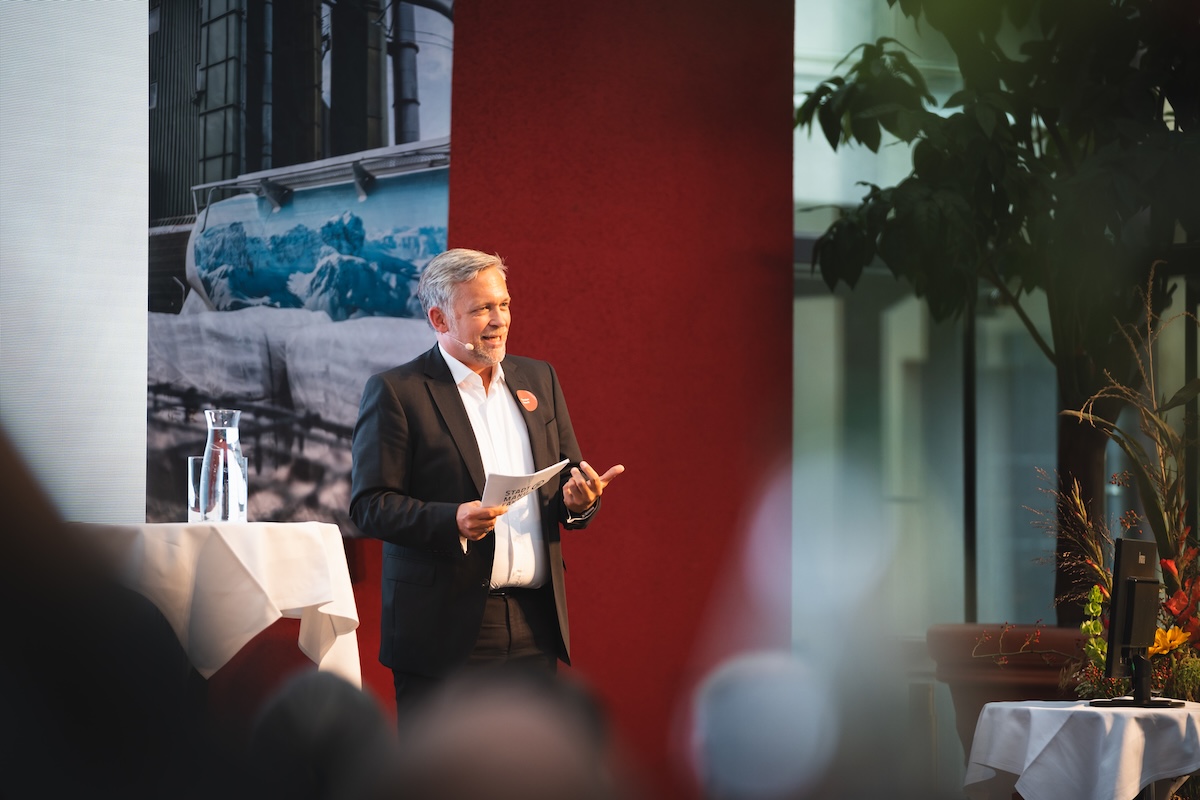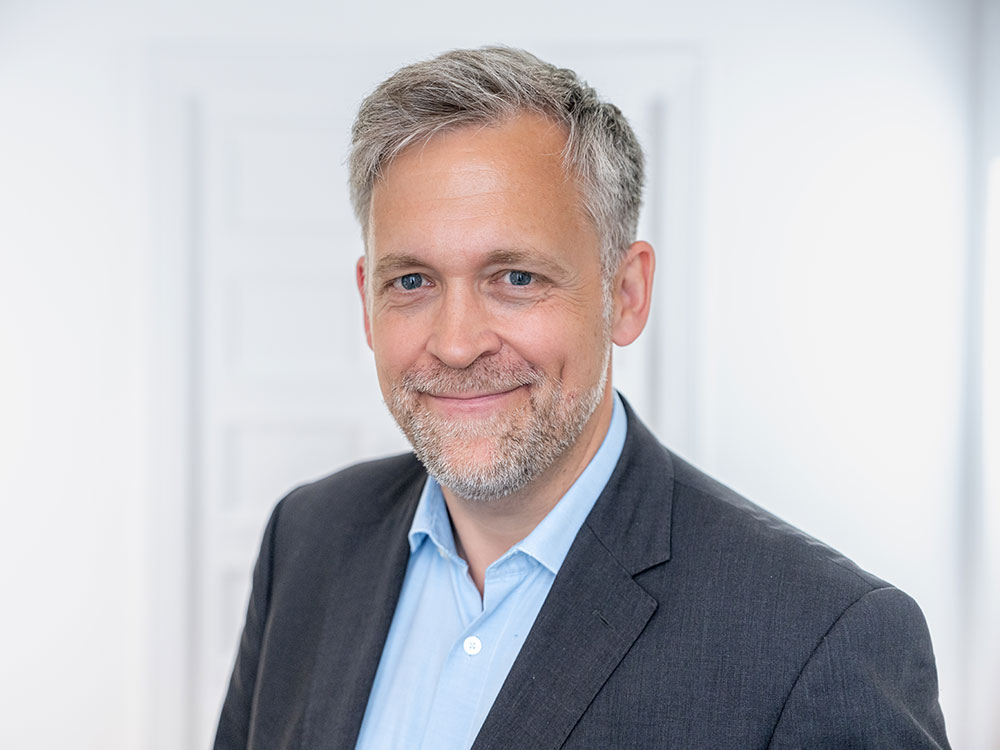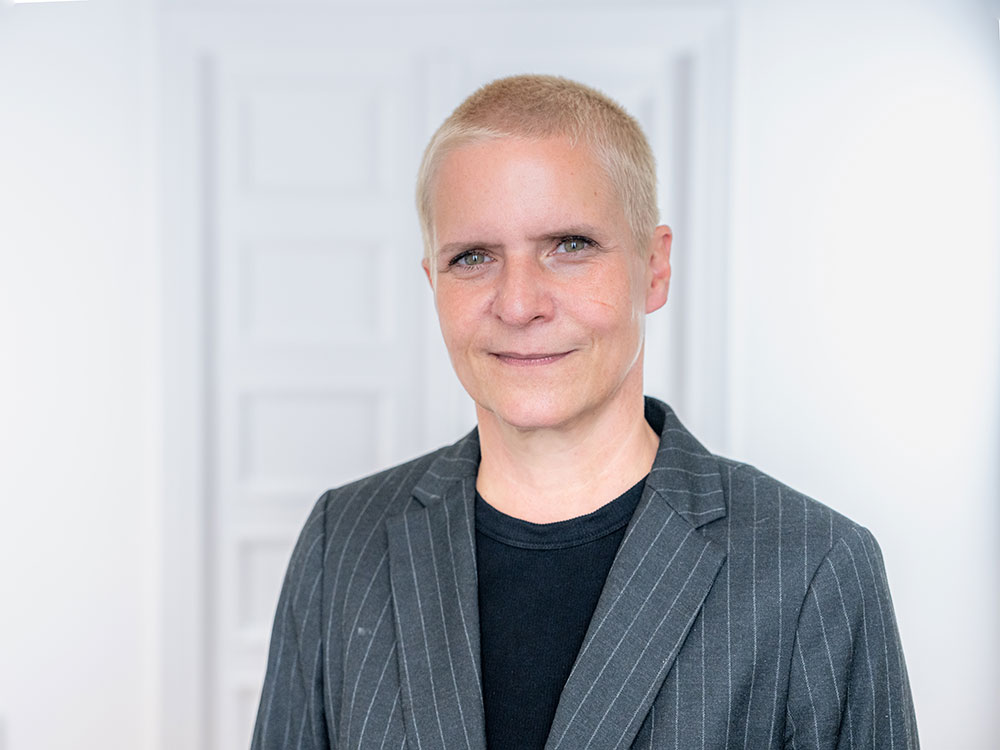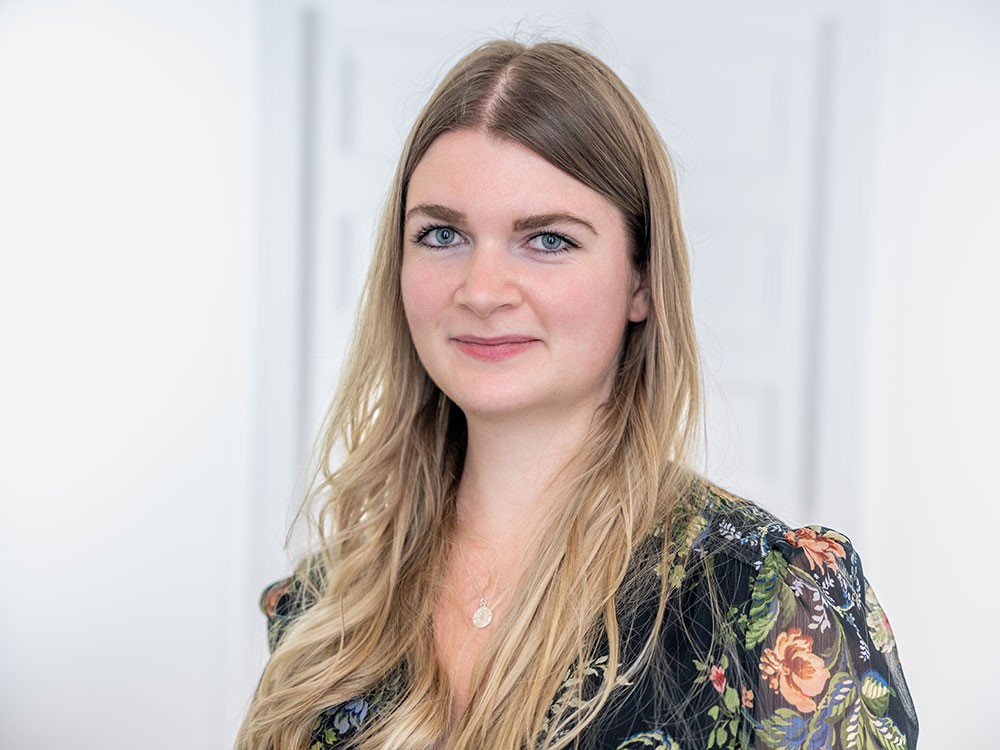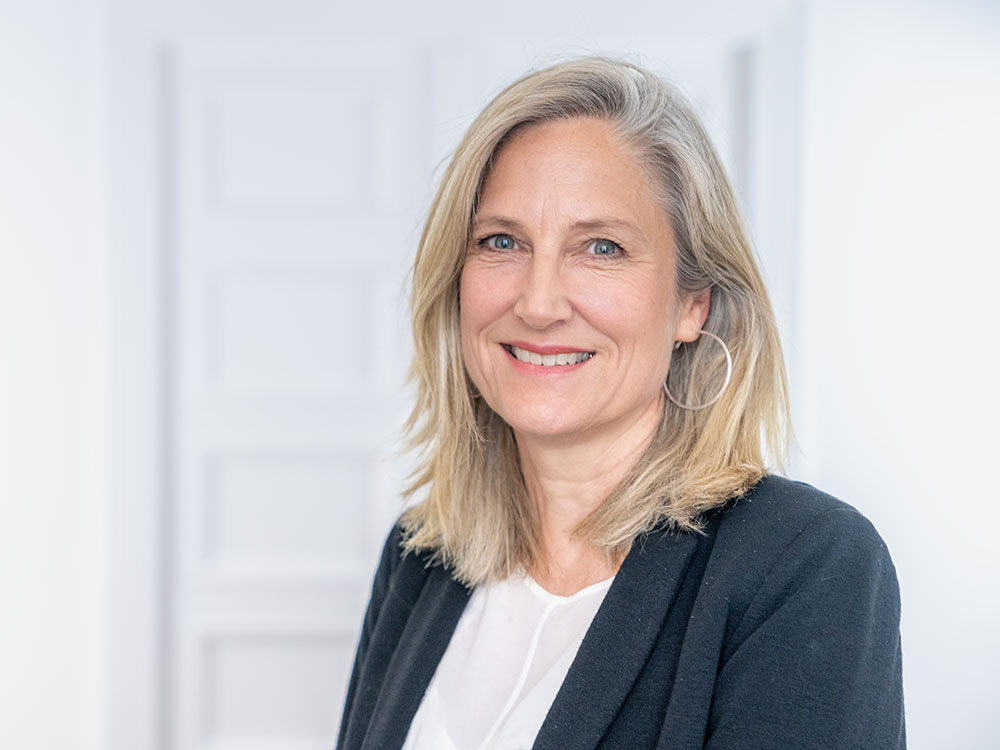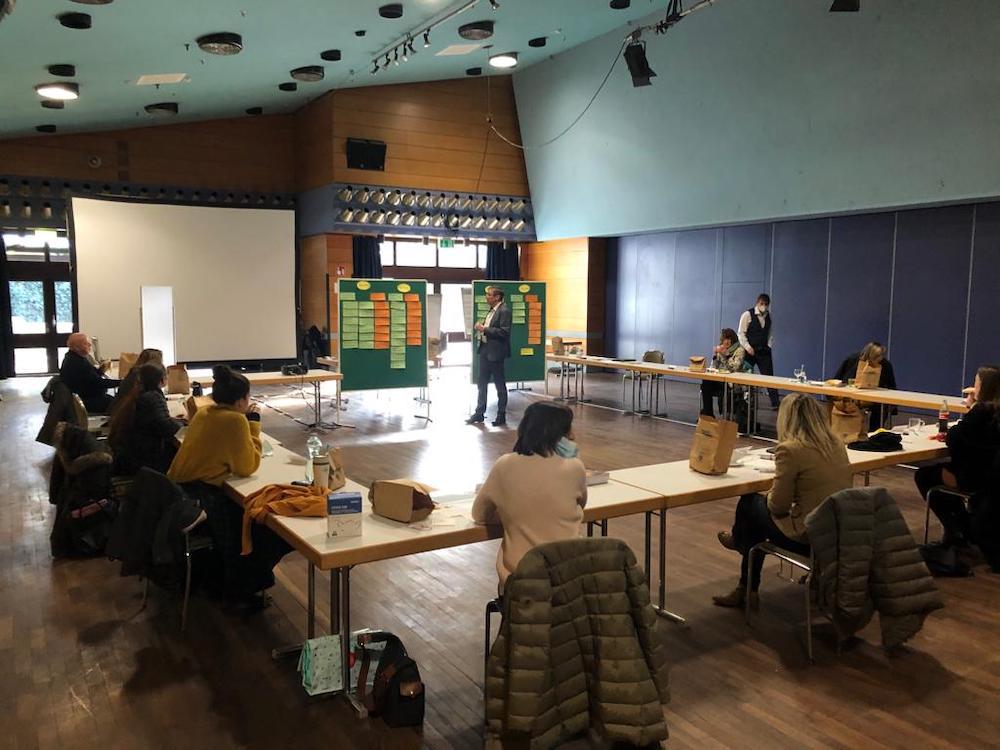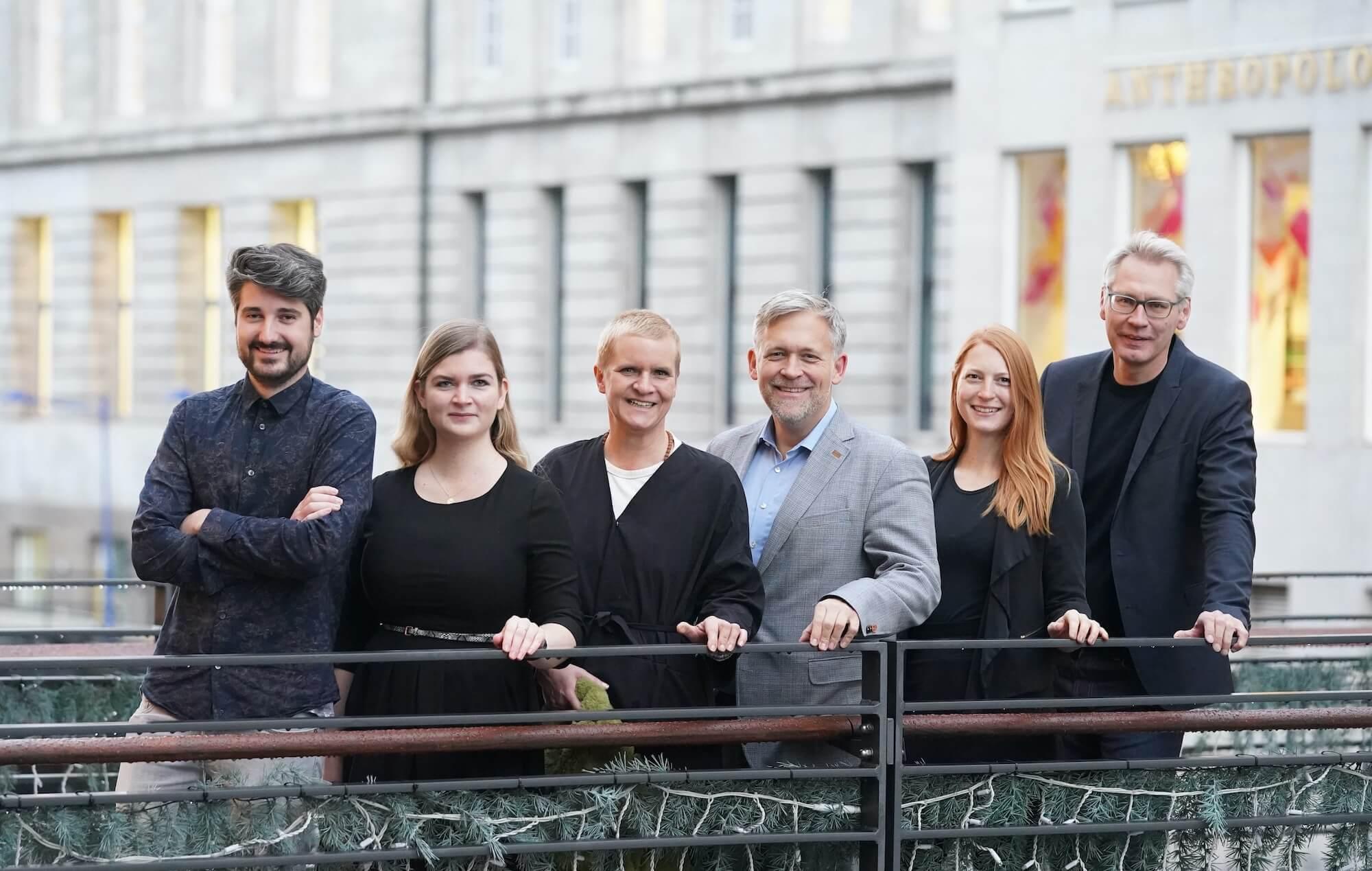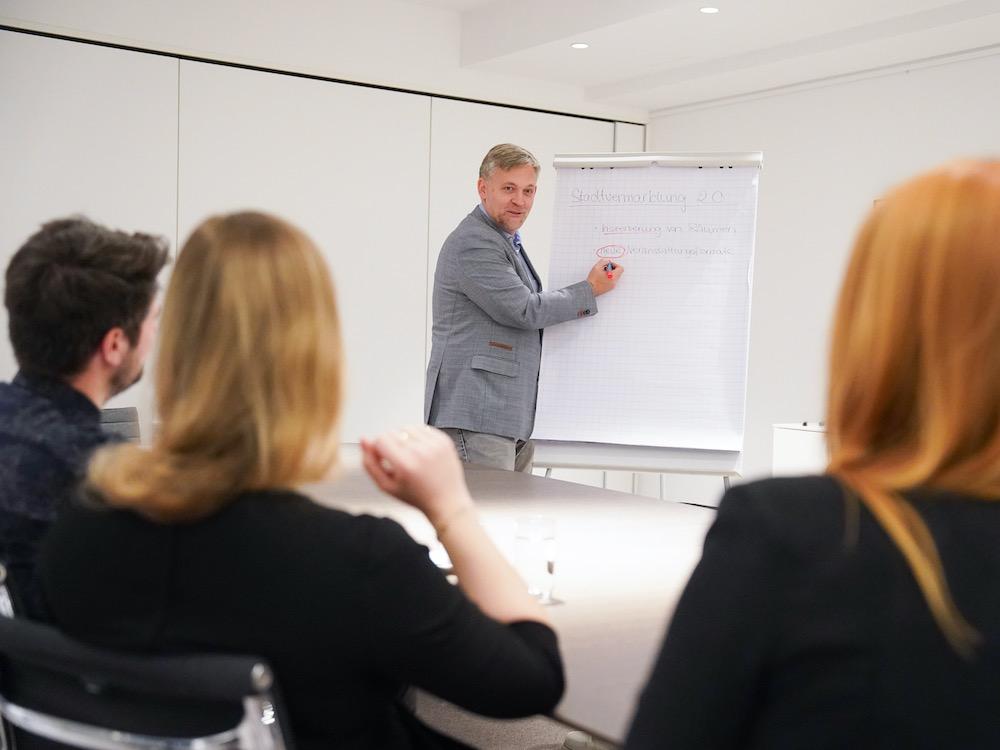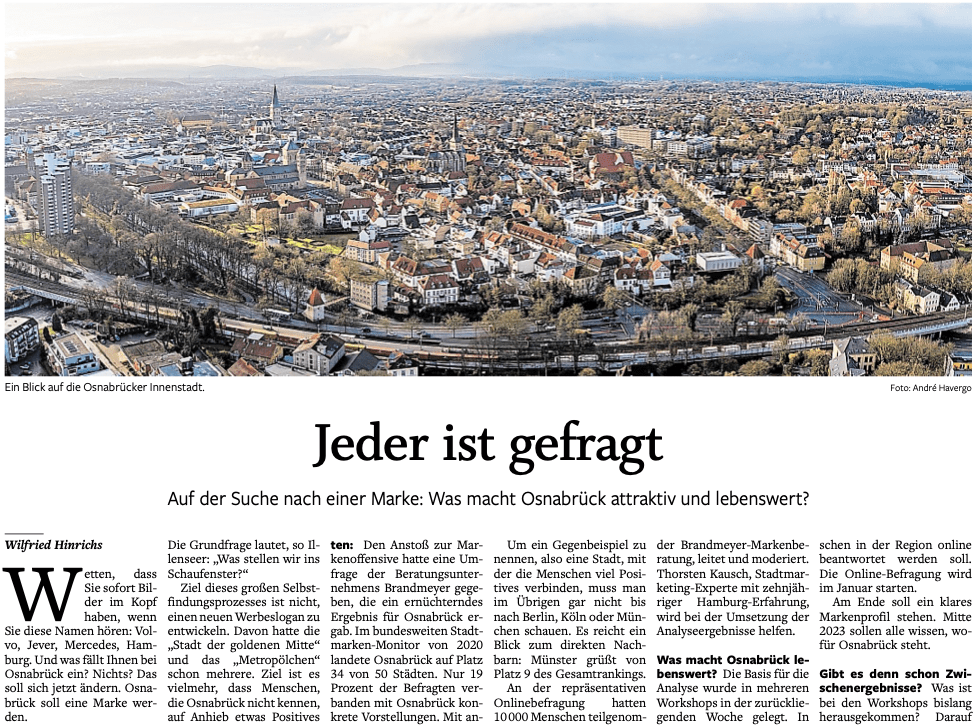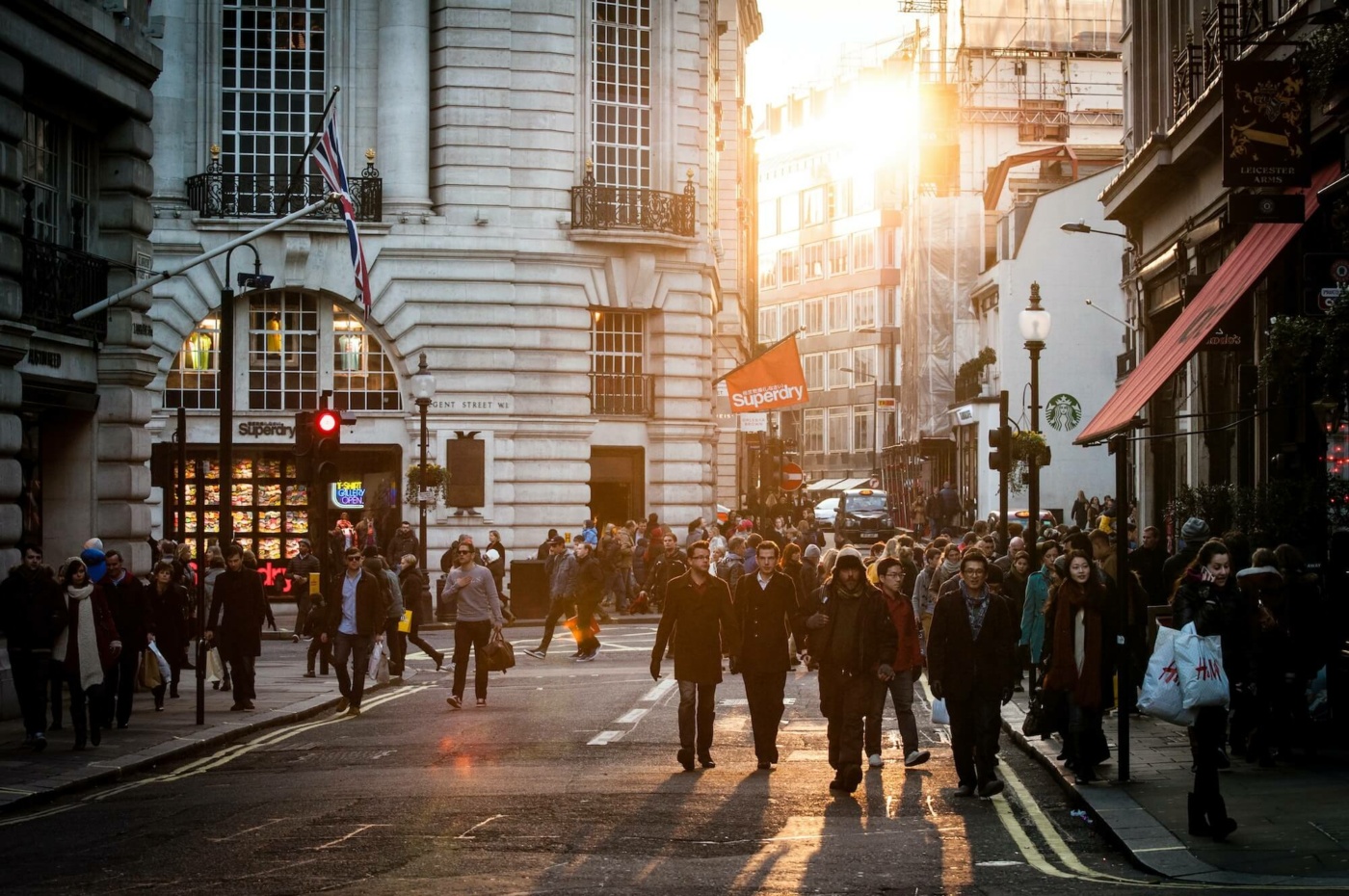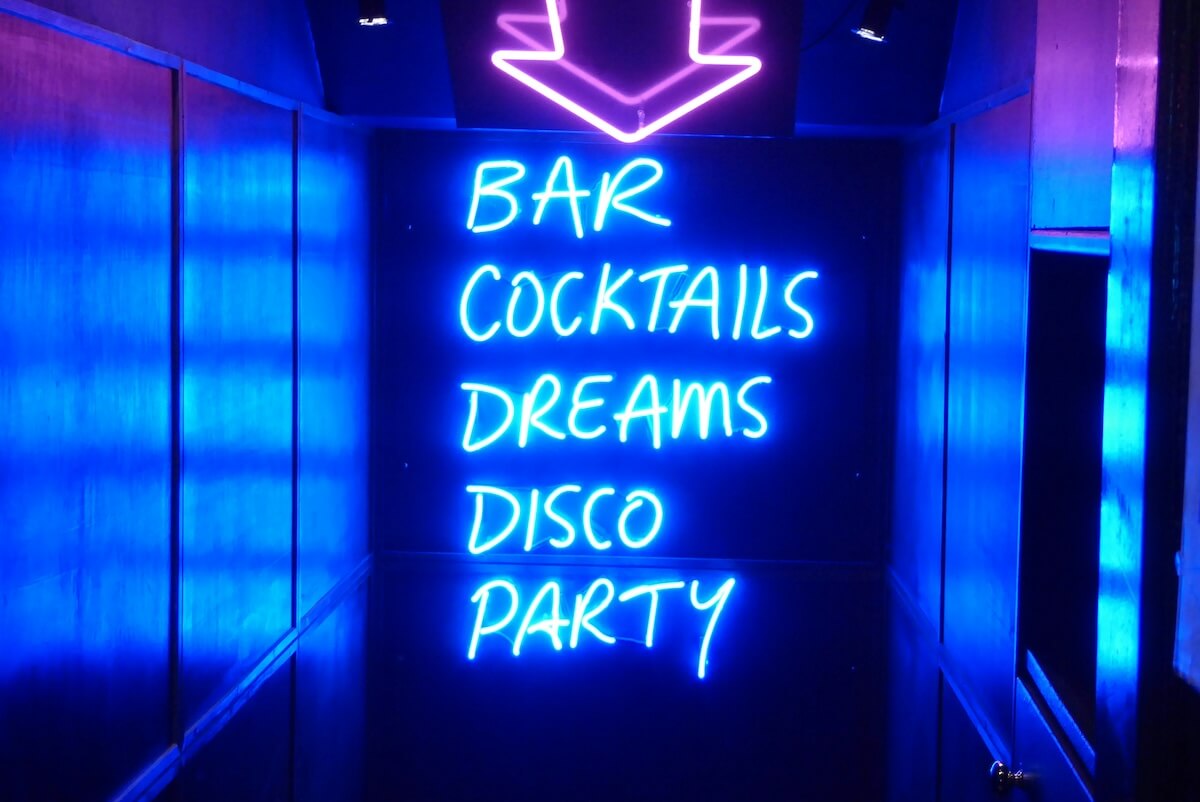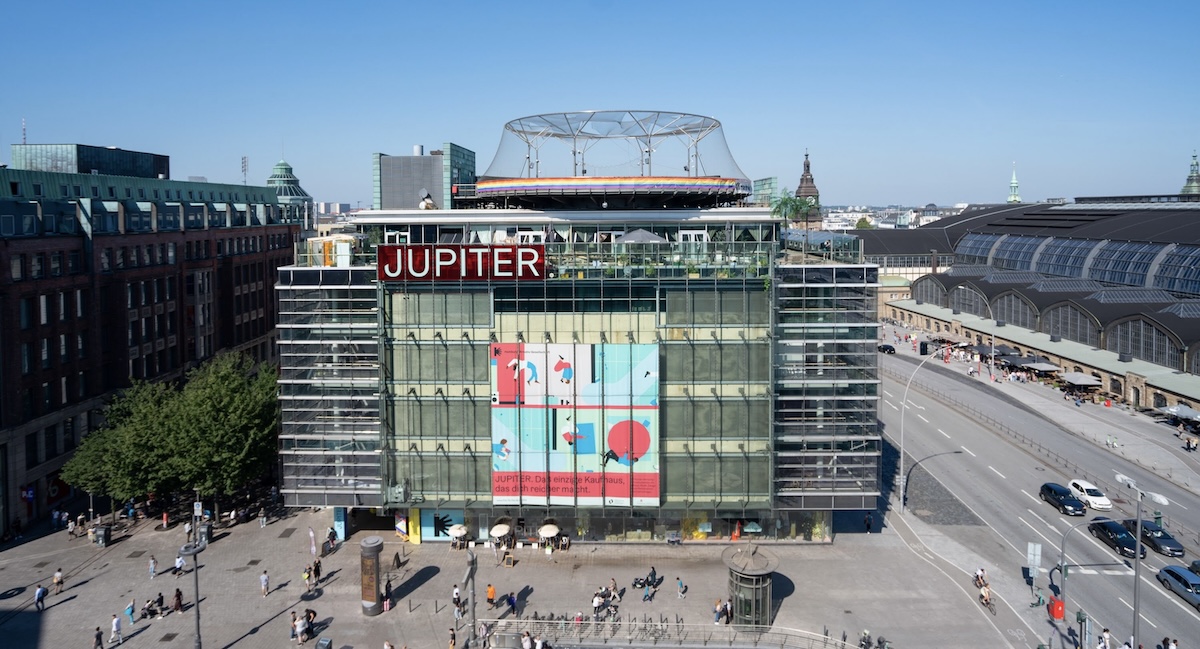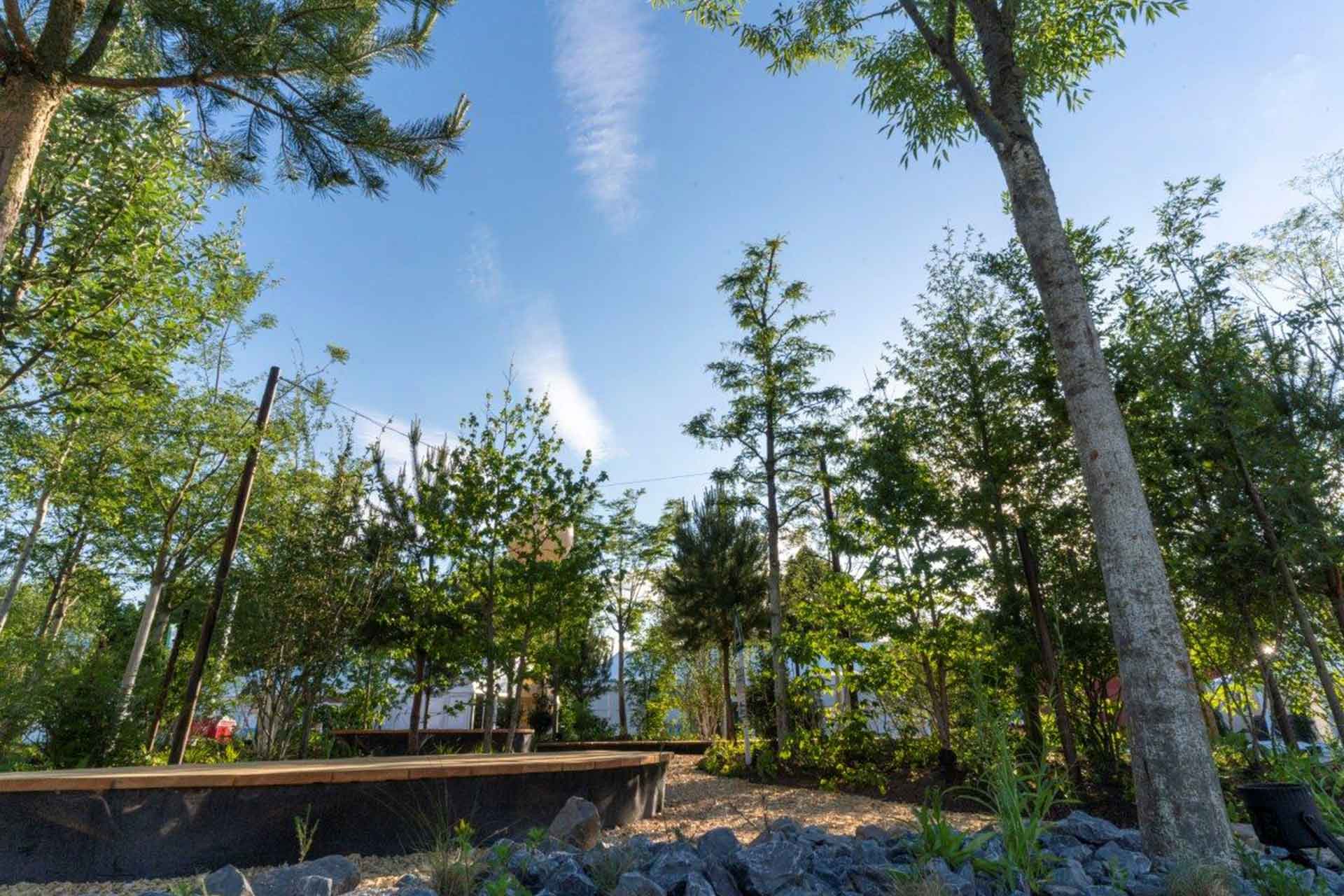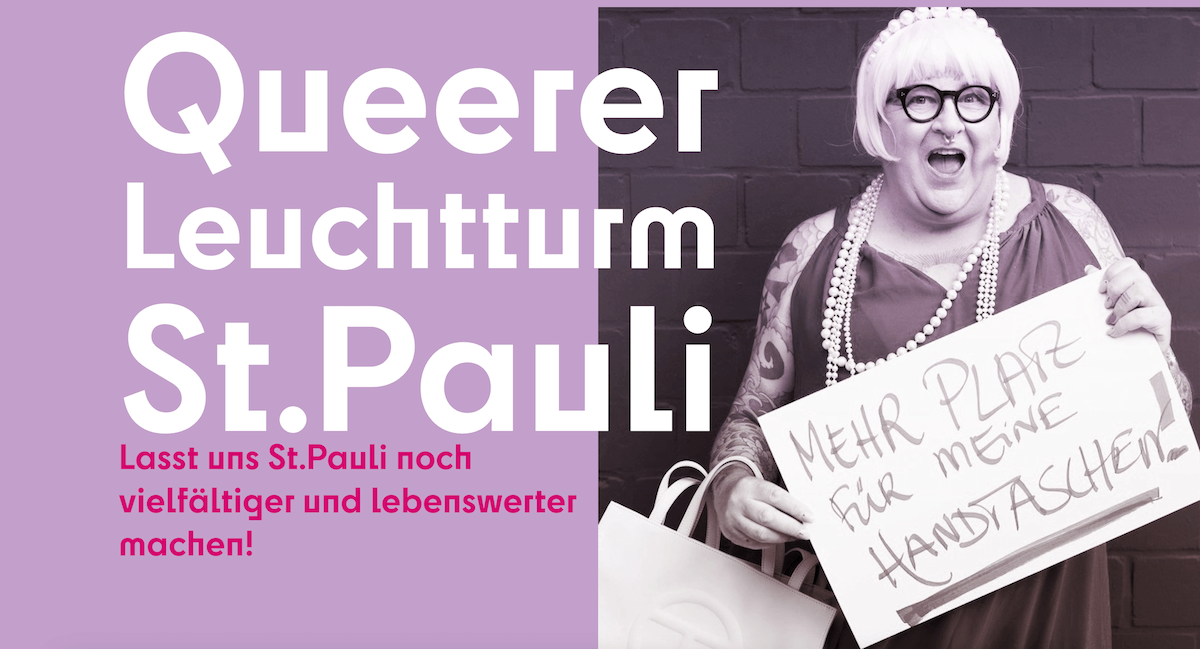
How queer neighbourhood development makes cities fairer and more colorful
Queer realities are often given little consideration in urban planning – a deficit that the Queer Lighthouse St. Pauli project aims to change. Didine van der Platenvlotbrug shows in the web talk Stadtkantine what innovative neighbourhood development can look like. The goal: more inclusive, more diverse and fairer cities.
Successful project for: Urban transformation
Presented by: The Stadtkantine
Presented by: Didine van der Platenvlotbrug, queer activist, diversity manager and designer
Key facts about the project:
- Project start: 2020
- Target group: more than 100 residents with an intergenerational focus
What is queer neighbourhood development? What is the Queer Lighthouse?
Queer neighbourhood development takes into account the specific realities of life for LGBTQIA+ people, who often deviate from traditional family structures. Many queer people form close social networks that they refer to as “chosen families” – a community of friends and supporters that replace or supplement traditional family ties.
However, these special lifestyles require housing concepts that go far beyond the usual, standardized types of housing. The traditional models of one- or two-bedroom apartments are often not suitable for the needs of queer communities. Instead, the Queerer Leuchtturm St. Pauli building initiative in Hamburg is focusing on innovative solutions such as cluster apartments or “village streets” – wide corridors with seating and communal areas that promote social interaction and counteract isolation.
With the Queer Lighthouse St. Pauli, the initiators of the urban project want to create non-discriminatory and needs-oriented spaces that promote both individual and communal well-being.
“Together with strong partners, we are planning the largest and most exciting queer city project in Germany: the Queer Lighthouse St. Pauli.This is where queer culture and advice, queer living, queer work and services, queer care and ageing come together in an intergenerational project.”
Queer lighthouse St. Pauli: a visionary model project
The Queer Lighthouse in Hamburg’s St. Pauli district aims to be a role model for urban diversity and inclusive urban development – a blueprint for creating cities that are oriented towards the intersection of diversity, sustainability and social justice.
The model project focuses on four core elements:
- Inclusive living: Housing concepts that meet the needs of a wide range of living models, from single studios to cluster apartments.
- Queer ageing: Living spaces and care services for queer seniors that enable them to grow old in a familiar environment.
- Culture and community spaces: The establishment of cultural meeting places (queer culture), advice centers (queer care) and catering establishments (queer gastronomy) to promote an interactive and diverse community life.
- Sustainability: The creative conversion of vacant buildings, such as department stores or schools, to promote sustainable neighbourhood development (queer business).
“We see the Queer Lighthouse as a laboratory for new ideas in urban development.”
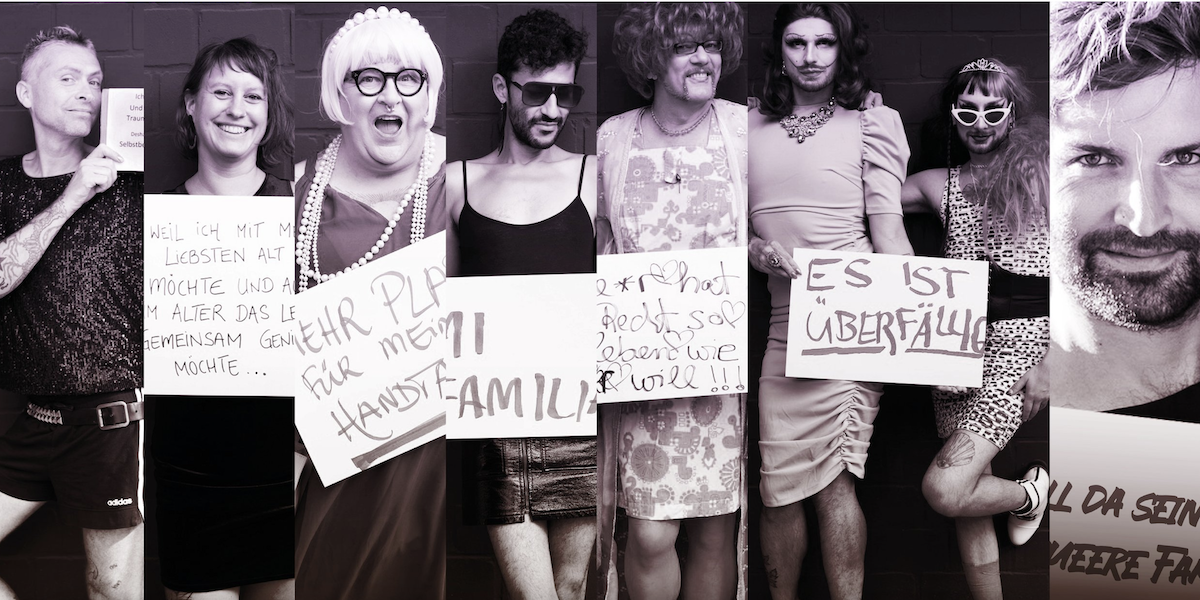
“It’s long overdue“: The co-initiators of the Queer Lighthouse St. Pauli show courage and ideas – and they show their attachment to their district of St. Pauli
Many challenges, lots of support
The implementation of such an ambitious urban development project is challenging: funding, bureaucratic hurdles and a lack of awareness of the needs of the queer community are just some of them. Nevertheless, optimism is high: “The bigger we think, the more doors open,” says Didine van der Platenvlotbrug in a live interview at Stadtkantine.
The group of initiators is made up of entrepreneurs, neighbourhood activists, tradespeople, museum makers, artists, care workers and other people who are rooted in St. Pauli. In addition, the project has already found supporters – both in politics and in civil society.
“We want to work and live here in the district, grow old and expand the queer infrastructure in St. Pauli with our project. Our interest therefore coincides with that of modern Hamburg urban planning in mixed, lively city center districts, as the city council is already striving for.”
Queer perspectives as inspiration for urban planning
Queer life realities are full of valuable impulses for society as a whole: alternative housing models, patchwork families and social networks are often first lived in queer communities and later adopted by the wider population.
This is another reason why Didine van der Platenvlotbrug emphasizes in the interview how important it is to understand cities not only as functional places, but also as social networks: “Being queer means interaction – and cities thrive on interaction.”
Stadtkantine missed it? Watch the web talk video now
Queer lighthouse St. Pauli: Lessons learned
We summarize the lessons learned from the Stadtkantine queer lighthouse St. Pauli for you. Because: The city is what we make of it together.
This is a motto that not only we at Stadtmanufaktur live by, but also all the speakers who inspire us in our web talk Stadtkantine with their successful projects and their commitment to urban transformation, city center development and innovative real estate use in city centres.
The most important findings at a glance
Thinking big promotes broad support
An ambitious, visionary project attracts support and opens doors to political and social actors. The clearer and more comprehensive the concept, the greater the interest and response.
Queer perspectives as a model for society as a whole
Queer neighbourhood development provides valuable impetus for urban planning, as it offers alternative living and housing models that are also important for society as a whole. These innovative concepts not only promote the visibility and inclusion of LGBTQIA+ people, but also enrich urban development as a whole.
Infrastructure is crucial for social integration
The success of an inclusive project depends not only on housing, but also on the provision of meeting spaces, advice centers and cultural centers. This infrastructure is necessary to promote social interaction and create a vibrant, supportive community.
“We want to make a special deal, a kind of social contract with the neighbourhood and the city: we are creating the largest queer lighthouse project. With you. Together. For us, for the neighbourhood, for Hamburg!”
Image credit: Didine van der Platenvlotbrug
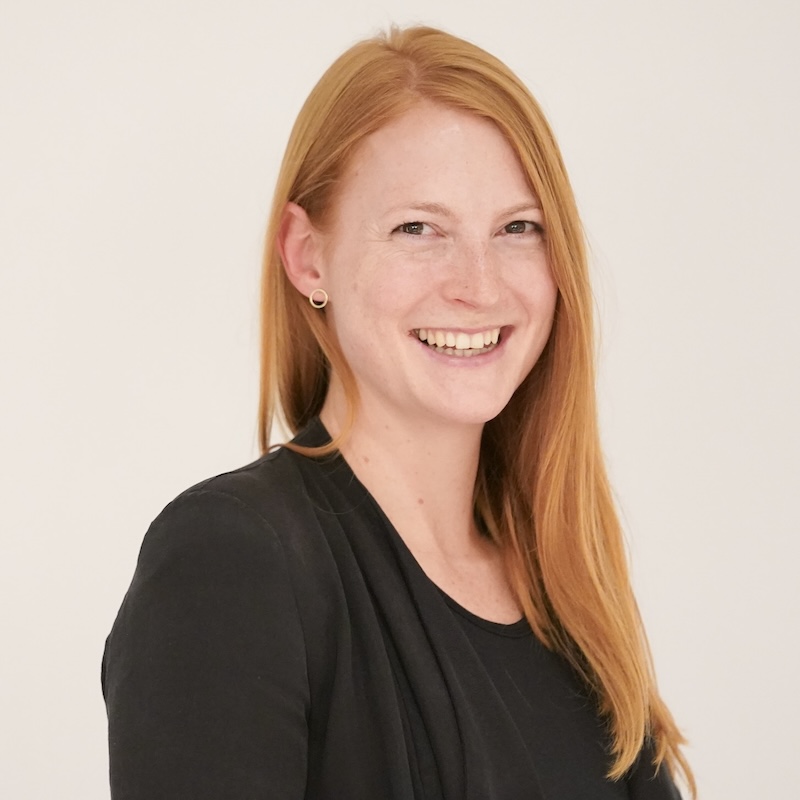
Sybille Fischer
develops narratives, concepts and communication for cities – and for Stadtmanufaktur itself.
